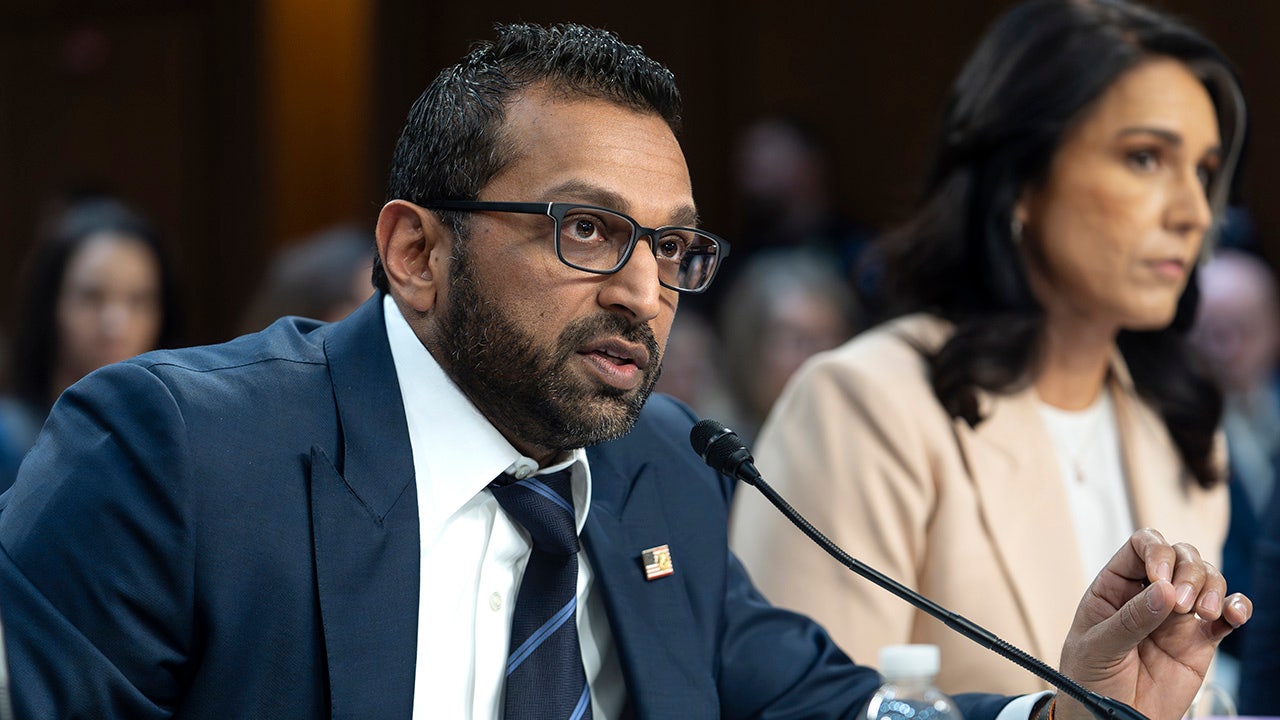Edward Helmore in New York
Tue, May 13, 2025, 4:00 AM 5 min read
New York’s famous Diamond District was teeming last week. But the subject on many minds in the city’s jewelry district was not diamonds but gold.
Covid, Ukraine and now Donald Trump’s trade wars have all sparked new interest in gold – which can trace its history as a currency back to 600BC.
On West 47th St, gold trader Becky Algozhoeva at GT Findings was showing coins and ingots stamped with the Roman goddess Fortuna, also known as “Lady Fortuna”, to customers.
“Regular people are thinking gold is the key. They don’t even believe in banks any more because the economics are shaky, and they don’t even want to invest in institutions. They want to have it under their pillow. And gold doesn’t go bad. It’s not milk, right?”
The price of gold is up more than 20% since Trump’s election in November, and 95% over the past five years. Gold prices have declined from the record of $3,500 an ounce set last month, partly on expectations that Trump will further dial down trade tensions. But gold bugs love uncertainty and it seems likely there is more of that to come.
Every mention of gold by government officials, in the media, on Instagram and TikTok, was contributing to it coming back as “the only currency that is recognized universally”, said Algozhoeva.
Over the first few months of the year, US demand has grown so great that traders started sending 400-ounce gold bars from London vaults to Switzerland, where they were converted into kilo bars and sent to the US in the hold of commercial airliners, four tons at a time.
“It’s been unprecedented,” says Philip Newman, managing director of the precious metals consultancy Metals Focus. “We saw some rise during Covid but this has been more structural and long-lasting.”
As a result, US gold inventories have doubled, with over 20m ounces, or roughly 600 tons, being transported into vaults in New York City. In February, JPMorgan alone said it planned to deliver $4bn of gold to the US, according to filings on the US Comex exchange.
After last month’s disappointing US economic growth numbers, some economists said that an unusually large amount of non-monetary gold – bullion, gold coins, unwrought gold, semi-manufactured gold and gold scrap – had accounted for some of the jump in imports.
Since the beginning of April, when it became clear that the US would not tariff gold and silver, the market has quieted down. But there’s no sense that it will remain so. “There’s uncertainty over what Trump will do tomorrow, and that uncertainty is ongoing,” Newman says.
The gold rush of 2024 may be more deep-seated than an attempt to offset Trump’s US-led trade war and concerns about the global economy and rising debt levels. Central banks have been buying gold to diversify assets since Russia’s invasion of Ukraine in 2022 at double the annual rate – 1,000 tons a year – over the previous decade.
.png)
 German (DE)
German (DE)  English (US)
English (US)  Spanish (ES)
Spanish (ES)  French (FR)
French (FR)  Hindi (IN)
Hindi (IN)  Italian (IT)
Italian (IT)  Russian (RU)
Russian (RU) 








Comments